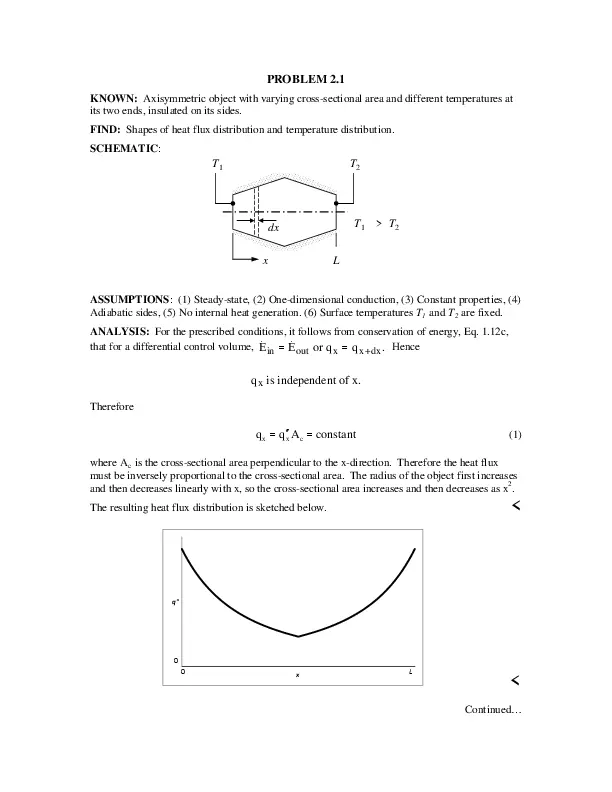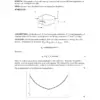Your bag is empty
Don't miss out on great deals! Start shopping or Sign in to view products added.
Shop What's New Sign inDon't miss out on great deals! Start shopping or Sign in to view products added.
Shop What's New Sign inDon't miss out on great deals! Start shopping or Sign in to view products added.
Shop What's New Sign inq′′4 However, the linear temperature distributions in A and B indicate no generation, in which case q′′2 = q′′3 (b) Since conservation of energy requires that q′′3,B q′′3,C and dT/dx)BkC. Similarly, since q′′2,A q′′2,B and dT/dx)A > dT/dx)B , it follows that = k A < k B. (c) It follows that the flux distribution appears as shown below. COMMENTS: Note that, with dT/dx) 4,C = 0, the interface at 4 is adiabatic.

$18.99 $29.99Save:$11.00(37%)
0 (0 Reviews)






Don't miss out on great deals! Start shopping or Sign in to view products added.
Shop What's New Sign in
